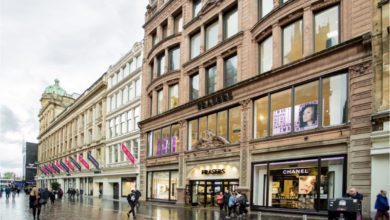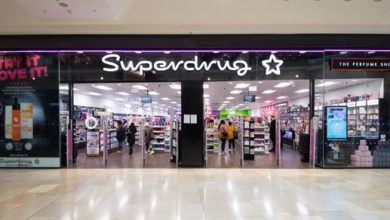
With our clocks adjusted to British Summer Time and Government guidelines easing off shopping restrictions for non-essential shopping, the return to the high street is back in swing. However, with non-essential shops implementing social distancing measures to ensure they remain as safe as they can be, the handling of stock remains a concern for retailers and consumers.







